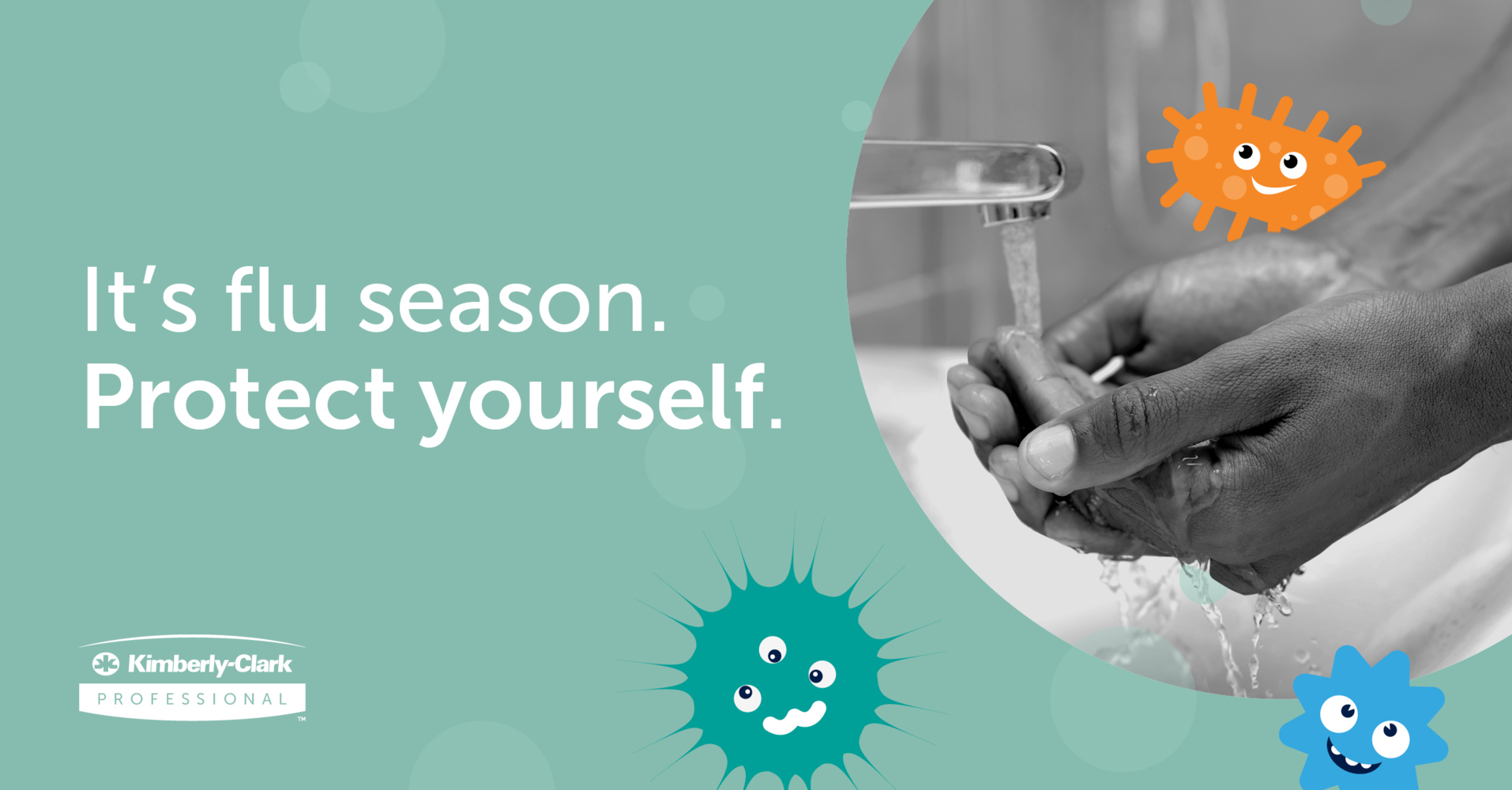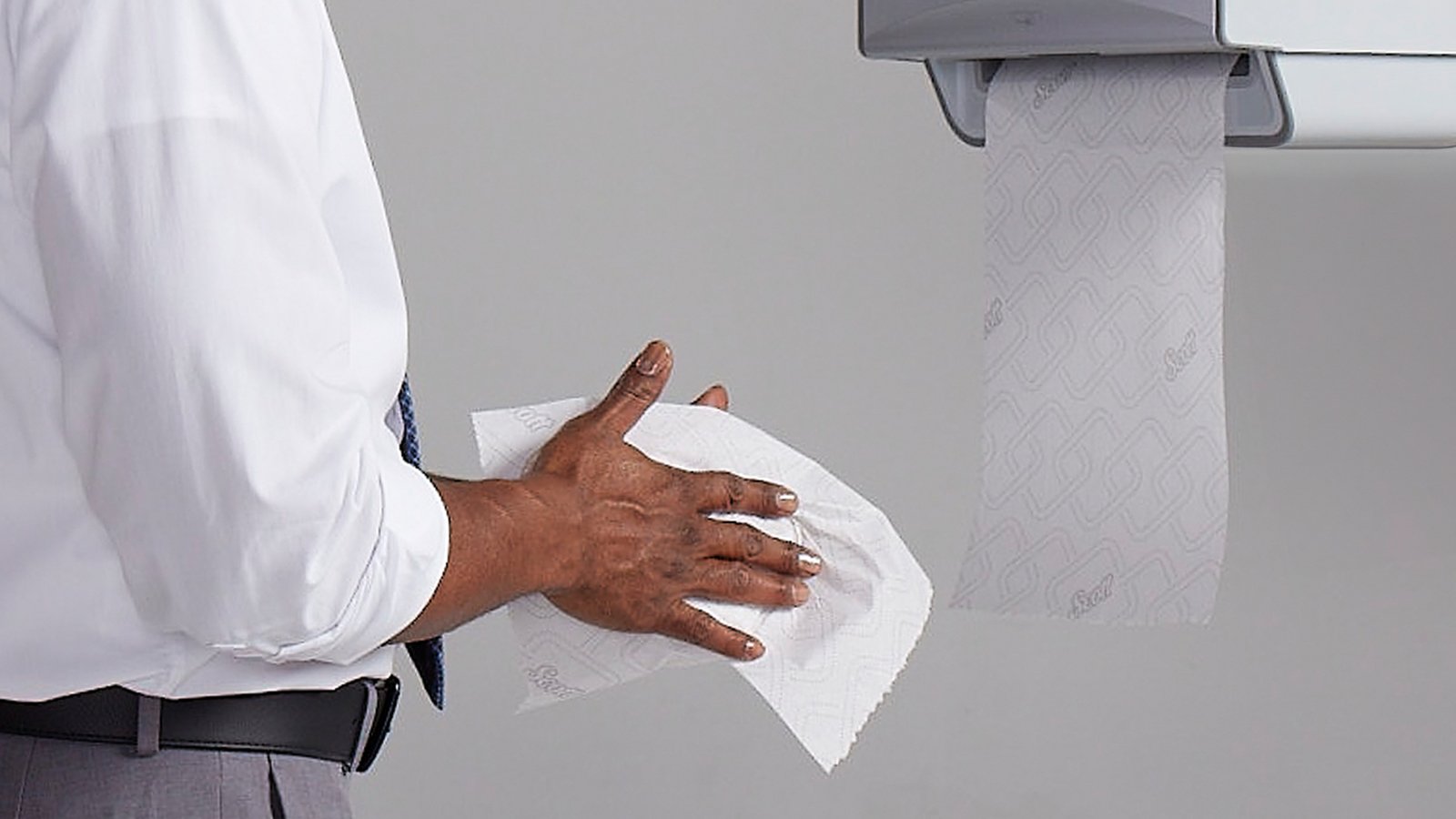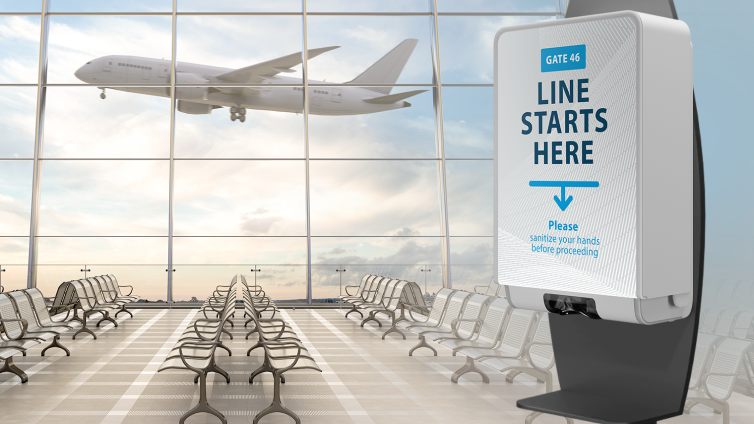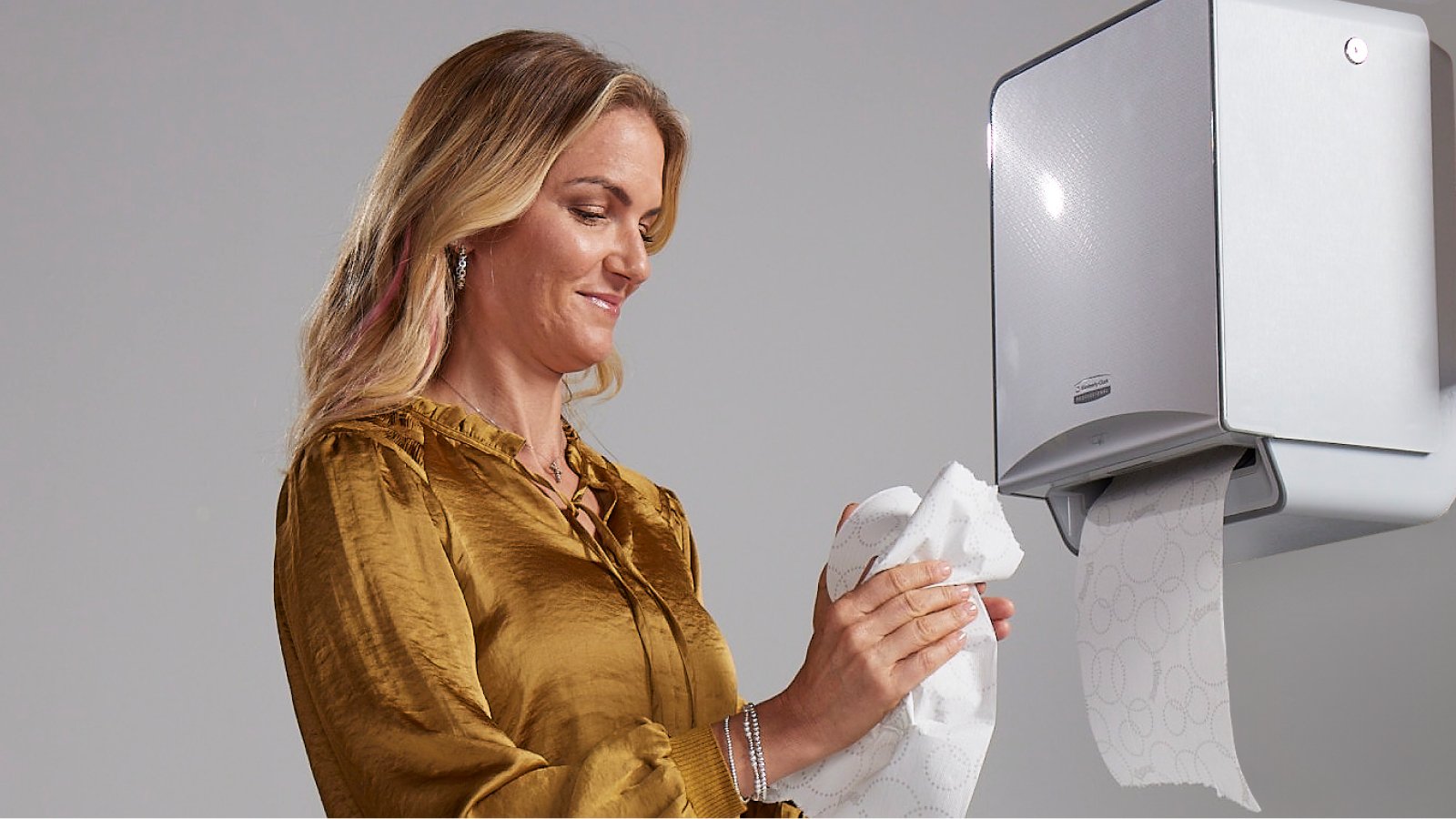Last Updated JULY 2023
Beating the bugs with a clean sweep

The clocks have gone back, the temperature has dropped, and all around people are falling ill. The cold and flu season has arrived, and with it a multi-million-pound headache for businesses.
There are 200 common cold viruses and 3 types of flu virus with many different strains making it difficult to avoid in populated areas1 meaning that around 159 million working days are lost each year as a result of colds, flu and other illnesses at a cost to the economy of around £30 billion2.
Facilities Managers need to take every precaution to maintain a hygienic workplace throughout the winter, when the flu and other cold-related illnesses are prominent. Kimberly-Clark Professional offers guidance to individuals in charge of health and welfare, as well as employees on how to take care during cold & flu season.
Hand hygiene is the foundation of workplace hygiene. When you consider that over 95% of adults do not wash their hands thoroughly enough to eliminate bacteria and viruses3. Hand washing with soap and warm water removes bacteria from hands and aids in infection prevention, since individuals routinely touch their eyes, noses, and mouths without realising it, allowing germs to enter the body. Germs from unwashed hands can contaminate foods and beverages and be transferred to other objects we touch on a daily basis, such as handrails, phones, and computer keyboards.
It has been proven that some microbes remain on hands after washing and can be easily transferred if hands are not properly dried4, so the way you dry your hands is just as important as thorough washing. Single use paper towels are critical to hand hygiene and are recommended as the hand drying method by the WHO Guidelines on Hand Hygiene in Health Care5.
The germs found lurking on the things we touch and carry around with us every day could be making us ill. Desks, on average, have 400 times more germs than toilet seats, supermarket trolleys can carry up to 361 times more bacteria than a toilet doorknob6 and businesses are footing the bill for it.
Kimberly-Clark Professional offers the following advice to help promote a healthier working environment:
1.Cover it up - Coughs and sneezes are a major route for the spread of cold & flu germs via airborne particles
7 Catching sneezes in a tissue can help prevent the germs from spreading.
1.Keep hands clean - Washing hands regularly for a minimum of 20 seconds is critical for preventing the spread of infection.
1. Proper hand drying - Opt for hand towels instead of electric dryers when you dry your hands. Drying with single use paper hand towels removes bacteria by up to 77%.
1. Keep surfaces clean - Flu viruses can be found on many workplace surfaces such as desks, chairs, door handles and work machinery. Touching contaminated surfaces and then touching our faces makes us vulnerable to infection. Keep surfaces clean by cleaning and disinfecting regularly.
Take care of yourself and your employees during this cold & flu season. Please contact us at Contact Us | Kimberly-Clark Professional (kcprofessional.co.uk) for more information on our cold and flu range or to organise a free consultation regarding your facilitie.
1 Colds and seasonal flu, NHS choices. NHS. Available at: Colds and Seasonal Flu Colds and Seasonal Flu (waht.nhs.uk)
2 ILC, Flu costs £30bn in sick days every year, finds new report. Published by ILC, 2019
3 Borchgrevink, C.P., Cha, J. and Kim, S., 2013. Hand washing practices in a college town environment. Journal of environmental health, 75(8), p.18.; Hand Washing Practices in a College Town Environment, Journal of Environmental Health; https://www.cdc.gov/mmwr/PDF/rr/rr5116.pdf: Boyce JM, Pittet D, Centers for Disease Control Guideline for hand hygiene in health-care settings. Recommendations of the healthcare infection control practices advisory committee and the HICPAC/SHEA/APIC/IDSA hand hygiene task force. Society for Healthcare epidemiology of America/Association for professionals in infection control/infectious diseases Society of America. MMWR Recomm Rep. 2002;51 (RR–16):1–48.
4 Patrick, D.R., Findon, G & Miller, T.E. (1997). Residual moisture determines the level of touch-contact associated bacterial transfer following hand washing. Epidemiology & Infection, 119. (3). 319-325.)
5 WHO Guidelines on Hand Hygiene in Health Care. Published by the World Health Organization, 2009.
6 Supermarket trolleys are covered in 'as many germs as toilet door handles'
7 Advice for the public on COVID-19-World Health Organisation




















